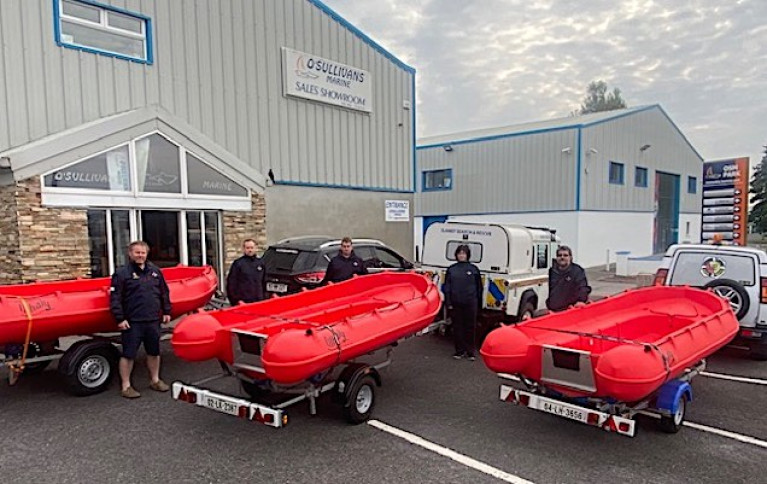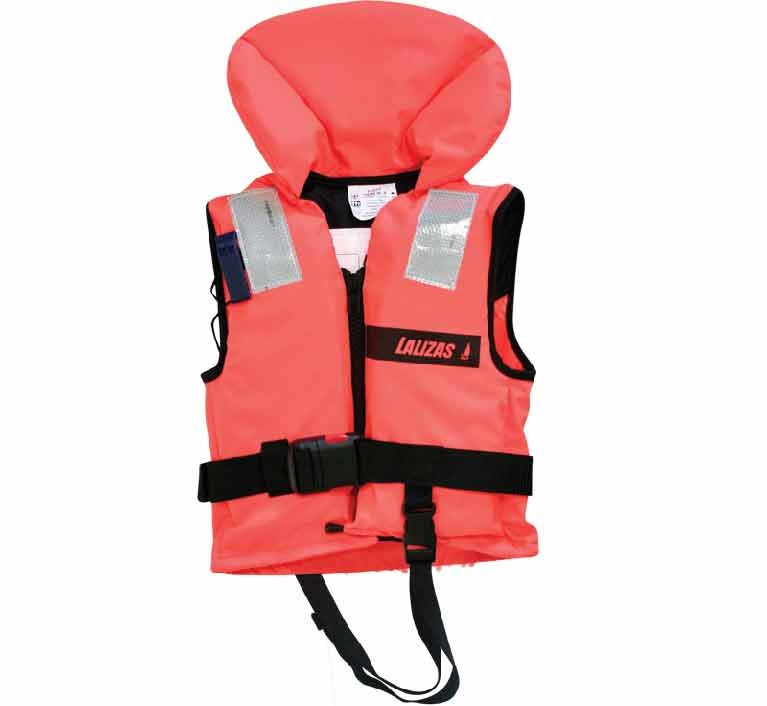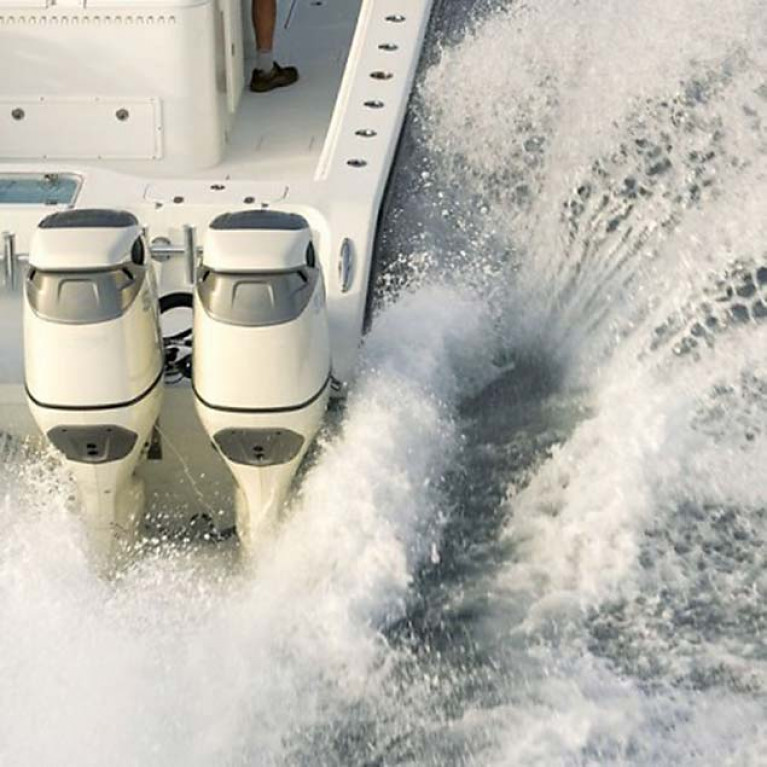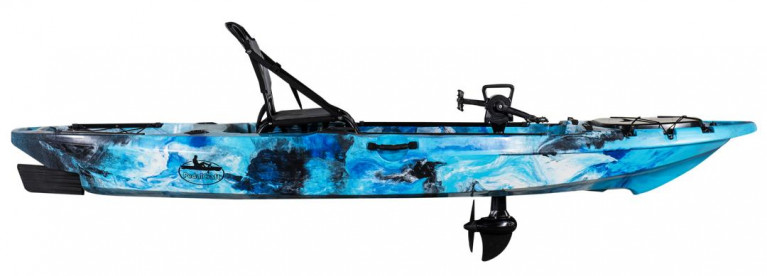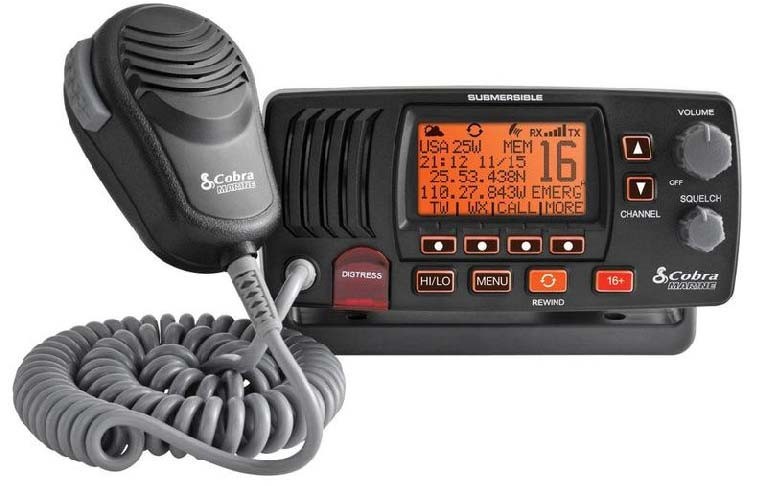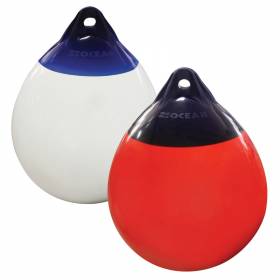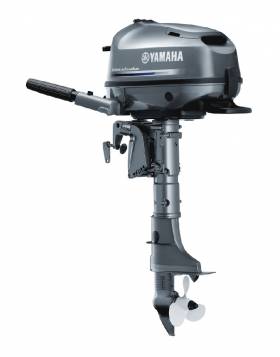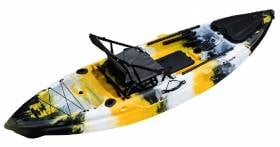Displaying items by tag: O'Sullivan's Marine
OSMarine: Business Development & Operations Manager Required
Position: Business Development and Operations Manager.
Location: Tralee, Co. Kerry.
Role: The business development and operations manager is a key leadership position within a fast-growing business in the marine industry.
The prime business of the company was boat building, but it has now added the distribution of several marine products, ranging from boats to outboard motors, boat trailers and marine safety equipment. This business is currently being developed at a quick pace within Ireland, with great potential to expand into other markets.
The purpose of this role is to develop and maintain key relationships with clients/customers by managing day-to-day operations to ensure client service level expectations are exceeded.
This role requires excellent management, communication, sales, leadership, staff supervision and customer service skills. Candidates are required to have a third level qualification relevant to the post. Knowledge of the marine industry is desirable, but not essential.
Finally, the candidate would be required to have the ability to be involved in all aspects of the business as we have a small but diverse team that works together to ensure best service to our customers and supply-chain.
CV’s and cover letters can be sent to [email protected]
Enniscorthy SAR Team Collect Two Whaly 370s & Whaly 435R Professional from O'Sullivans Marine
Safety first! Whaly boats are now becoming the No. 1 Polyethylene safety boat used by many professional organisations writes Brian O'Sullivan of O'Sullivan's Marine
Whaly's almost indestructible crafts are ideally suited for Search and Rescue, Fire & Rescue, Safety Cover, Workboat etc. all over the world. They can be used for all sorts of different rescue operations, but in whatever situation, you can be assured that safety comes first with Whaly.
Suppose you are looking for extremely sturdy basic equipment or a boat that can take some rough handling or get into shallow waters. In that case, you will find that you can rely on the optimal safety that Whaly boats offer for safety for you and your passengers. Please allow us to introduce Whaly boats/models ideally suited for rescue operations:
- Whaly 370
- Whaly 435 / 435R Professional
- Whaly 455 / 455R Professional
- Whaly 500 / 500R Professional
Whatever your requirements, whether you are looking for the supply of just a boat, or looking to put together a package with an engine, trailer, console, electronics and safety equipment, O'Sullivan's Marine has the experience and expertise to help you find the Whaly to suits your unique requirements.
O’Sullivan’s Marine stock a large selection of life jackets and buoyancy aids for adults, children and infants available from some of the leading brands. We have all types, from inflatable lifejackets in automatic and manual versions with or without an integrated safety harness, foam life jackets, SOLAS folding commercial lifejackets to 50N foam and neoprene buoyancy aids. But which is the right life jacket to suit your type of activity and experience?
Lifejackets and Buoyancy Aids are tested and rated to specific European Standards and split into CE categories. These are the universal criteria that define each product and the environment they are suitable for. Life jackets and buoyancy aids are measured in pounds or Newtons.
BUOYANCY AIDS
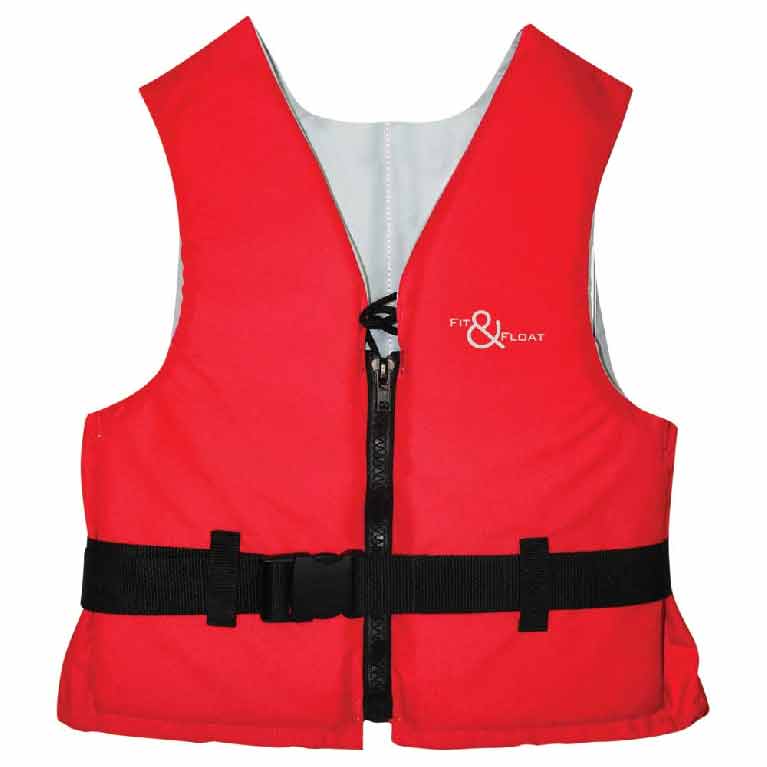 The Lalizas fit and float buoyancy aid
The Lalizas fit and float buoyancy aid
50N Buoyancy Aids – ISO 12402-5
Designed mainly for active surface watersports for example dinghy sailing, kayaking, kite surfing, in sheltered water where help is close at hand. These are suitable for competent swimmers and provide support to conscious people. We have some of the best value foam buoyancy aids on the market, Fit & Float, Pro Race, Performance buoyancy aids in a range of sizes, a range of 50N neoprene buoyancy aids. We even have your pets covered with Pet Retriever Buoyancy aids.
LIFE JACKETS
100 Newtons of buoyancy is the standard minimum for Lifejackets. It is sufficient to keep most people afloat with their mouth comfortably above the water For offshore and coastal sailing, where sea conditions can be severe and rescue can take longer 150 Newtons is the recommendation.
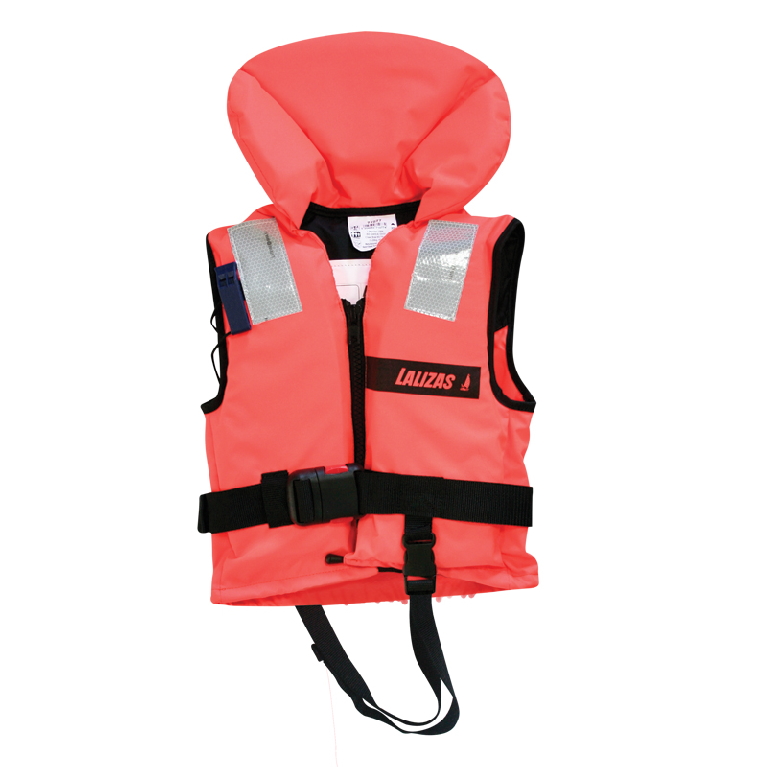 The Lalizas foam lifejacket
The Lalizas foam lifejacket
100N – 150N Foam Lifejackets – ISO 12402-4
Designed for dinghy sailing, sportsboats, powerboats (Including RIBs) for inshore and coastal waters. These are suitable for swimmers and non-swimmers and give reasonable assurance of safety from drowning in relatively calm water. Our Lalizas range of 100 and 150N foam lifejackets have a large flotation collar which is designed to turn the user face up and support the head. Foam lifejackets for babies, infants, children and adults available.
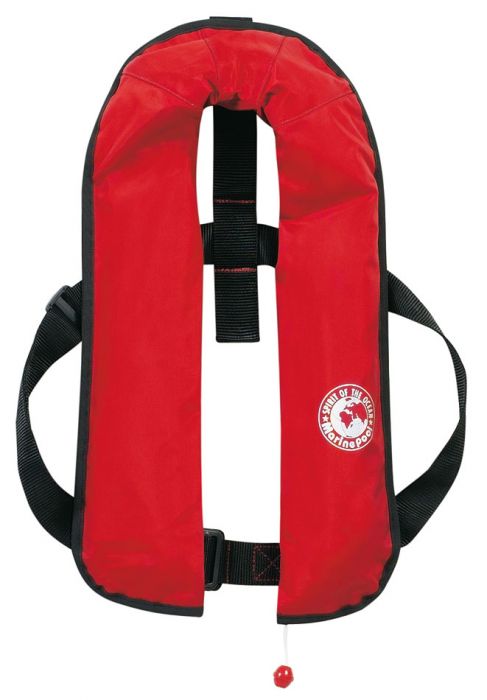 Marinepool lifejacket
Marinepool lifejacket
150N – 180N Inflatable Lifejacket – ISO 12402-3
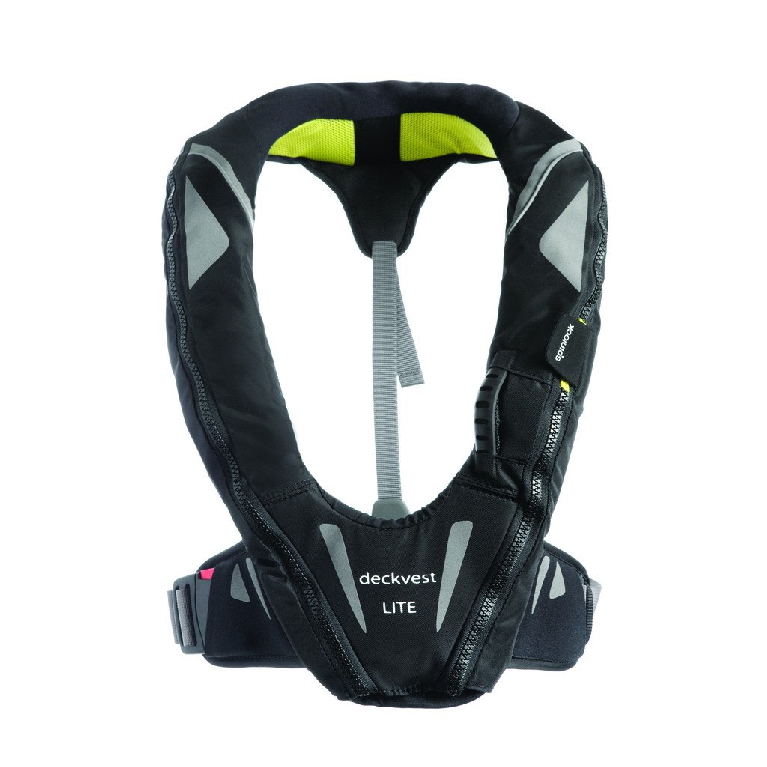 The Spinlock deckvest
The Spinlock deckvest
Designed for yachting, sports boats, powerboats (Including RIBs) for use in all but the most severe conditions. These are suitable for swimmers and non-swimmers. Available in automatic or manual.
Automatic styles inflate when wet or submerged in water. Automatic inflation can be important in life-saving if an accident occurred leaving you in the water, or if you are unconscious in the water.
Manual inflation requires jerking an inflation tab or handle attached to the CO2 cartridge. If you are in a situation where you want to control whether or not the vest inflates, and expect to be conscious, manual inflatables may be an option for you.
Both manual and automatic life jackets are available with or without a safety harness. If you ever anticipate sailing offshore, at night or in seas where you want to use a tether to attach yourself to a jackline or pad eye, even just once, purchase an inflatable life jacket with a built-in harness and tether attachment point.
O’Sullivan’s Marine offer a range of inflatable life jackets from some of the leading brands: Marinepool, Maindeck, Waveline, Spinlock, Plastimo and Lalizas.
Should you need any assistance, our knowledgeable sales team will only be too glad to help with your lifejacket selection, to ensure you get the right life jacket for your needs and are safe on the water.
LIFE JACKET SERVICING – How often should lifejackets be serviced?
Manufacturers, safety bodies and the RNLI universally recommend the importance of regular lifejacket servicing. Inflatable life jackets, for normal personal use, should be serviced every 2 years. Where life jackets are used very regularly or for professional or commercial use, this should be carried out every year. Here at O’Sullivan’s Marine, our qualified staff can service and certify our life jacket brands.
As well as a comprehensive range of life jackets and buoyancy aids, O’Sullivan’s Marine also supply life jacket spares & accessories, from SOLAS approved lifejacket lights, CO2 recharge cylinders and UML cartridges, replacement salt tablets, sprayhoods, to name a few.
Visit our website http://www.osmarine.ie to browse our full range of life jackets, lifebuoys and other marine safety equipment, and feel free to contact us for advice, or to request a quotation for products that comply with code of practice safety requirements for grant purposes.
Outboard Motor Theft – Sadly an All to Frequent Occurrence
There can be little worse than heading out for a day's boating only to find someone has stolen your outboard motor, leaving you to deal with the loss, painful insurance issues, the costly excess or replacement of the engine and a ruined weekend. Thefts tend to occur in areas where there are significant accumulations of boats with outboards, for example, marinas and boating clubs; however, the problem is nationwide and can also occur in isolated regions.
Combatting Outboard Motor Theft
The more visibly secure an engine is, the less likely it is that a thief will attempt to take it. Given the reduced rates of recovery success, prevention is better than cure. The first step owners should take is to ensure the most secure and suitable anti-theft device for their engine is installed. Owners also need to ensure that their insurance policy wording relating to anti-theft devices are complied with in full, to avoid the possibility of a claim being invalidated due to failure to comply with all policy wordings. No outboard is insured unless it is locked on with an insurance approved lock.
INSURANCE APPROVED ENGINE LOCKS
O'Sullivan's Marine is now able to supply MOTORLOC insurance approved outboard locks to the Irish market.
Atlantic Slot Lock
The Atlantic Slot Lock is the most substantial insurance approved outboard motor lock and is available in four lengths: 170mm, 195mm, 230mm, 260mm; each with a 14mm slot. A high-security locking head (HSH) is supplied as is a black dust cap and a rubber liner. Design specifically for smaller, clamp-mounted outboard engines.
 Atlantic Slot Lock
Atlantic Slot Lock
These are for use where an outboard engine is attached using the engine's clamping bracket. The slot in the lock covers the two clamp heads making it nearly impossible for a potential thief to get access to them.
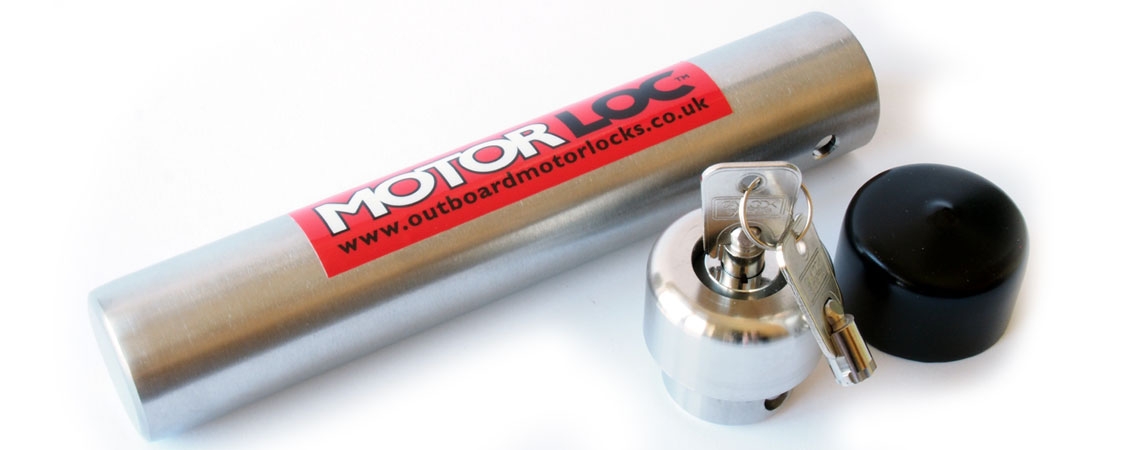
Choosing the right size: If you are unsure which Slot Lock you require, then measure across the width of your toggles once aligned up straight: If less than 150mm then an Atlantic 170 is required | If less than 160mm then an Atlantic 195 is required | If over 160mm then an Atlantic 230 is required | If above 190mm then an Atlantic 260 is required. Available from O'Sullivan's Marine, Co Kerry.
The Volcano
The Volcano Bolt Lock represents the pinnacle of insurance approved bolt lock development. It is now regarded by many in the industry as the best bolt lock on the market as it has been designed and built to resist removal by the most robust actions.
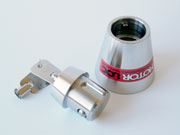 Volcano Bolt Lock
Volcano Bolt Lock
For through-transom bolted engine installations
As two stroke outboard motors become rarer and new heavier four-stroke outboard engines take their place, many owners of 8hp engines and above sensibly choose to bolt the engine through the transom in a semi-permanent installation to protect from outboard motor theft.
The Volcano bolt lock is intended for use with through-bolts that are coach, countersunk or stepped, so that should a thief attack the head of the bolt and remove it, they will be unable to hammer the bolt shank through the existing hole.
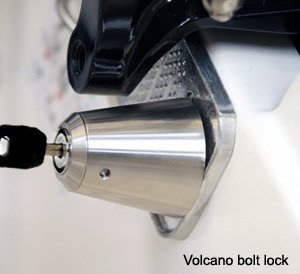 Volcano Bolt Lock
Volcano Bolt Lock
The Volcano bolt-lock for through-transom bolted outboard engines has a 13mm diameter hole in the body unit. A stainless steel reducing bush is available to cut the gap to 10mm.
Motorloc insurance approved locks are made from high grade (nickel/chrome marine 316) stainless steel, incorporating marine friendly lock mechanisms that perform well in a saltwater/marine environment - High-quality locks that will last. All available from O'Sullivan's Marine, Co Kerry.
OTHER SECURITY MEASURES FOR COMBATTING THEFT
Further security measures include marking the engine somewhere with your own unique mark such as your Eircode, taking photographs and installing a motion-activated surveillance camera (MASC), which are very discrete and inexpensive to buy and install. These automatically photograph and/or record any movement, and wireless cameras have made surveillance possible in remote areas where it was not possible in the past.
When storing a boat, ashore consideration should be given to general security, such as lighting and ensuring that recorded CCTV covers the appropriate part of the yard being used.
Finally, there is some evidence of smaller engines being stolen from boats while they are afloat, so a collective effort is required by all concerned to be observant and to report any suspicious activity immediately to the Gardai.
For further information or advice on Insurance Approved Engine Locks contact O'SULLIVAN'S MARINE on 066-7124524, or visit www.osmarine.ie.
For trade enquiries please email: [email protected]
O'Sullivan's Marine Go Big on Kayaks, Inflatables, Outboards at Dublin Angling Show
An array of boats, kayaks, inflatables, outboards and safety equipment is on display this weekend on the O’Sullivan’s Marine stand at the Ireland Angling Show at The National Show Centre in Swords in north Dublin.
Early attendance to the show this morning is reported as 'very good' by the firm's Brian O'Sullivan.
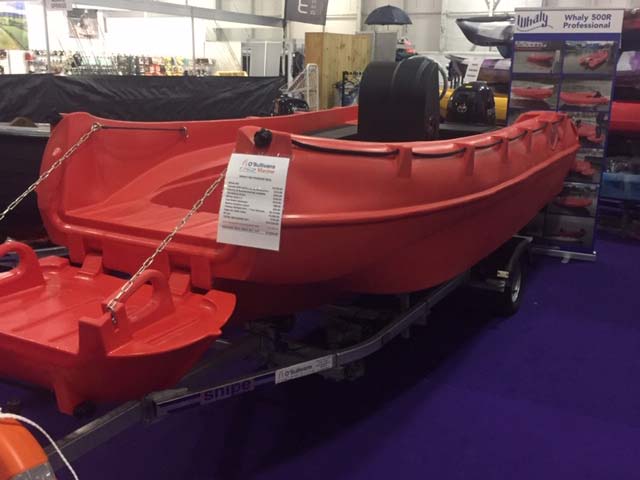 The multi purpose Whaly boat with bow door is on display
The multi purpose Whaly boat with bow door is on display
O’Sullivan’s Marine are displaying their recent consignment of Whaly boats - including the eagerly anticipated Whaly 455 – the first to arrive in Ireland! As Afloat reported previously here, the County Kerry firm delivered five Whaly 500R boats to Inland Fisheries in March last year.
O'Sullivan's Marine is also displaying in Swords some of the “best value” angling kayaks as Afloat reported earlier here. Included in the display is the very popular compact single sit-on-top Conger fishing kayak that is stable, light and easy to handle.
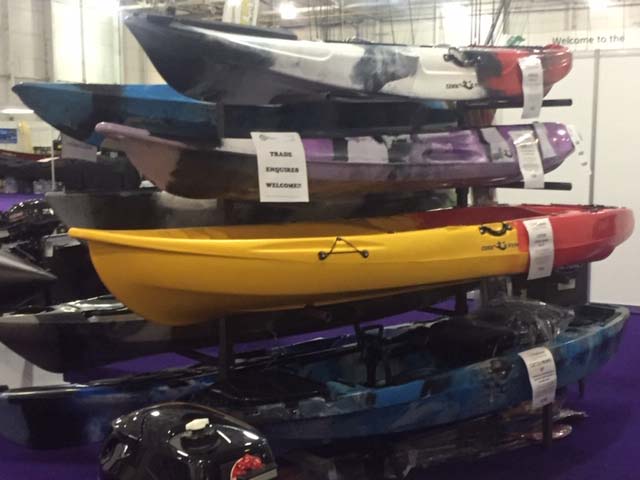 Canoes and Kayaks from OSM
Canoes and Kayaks from OSM
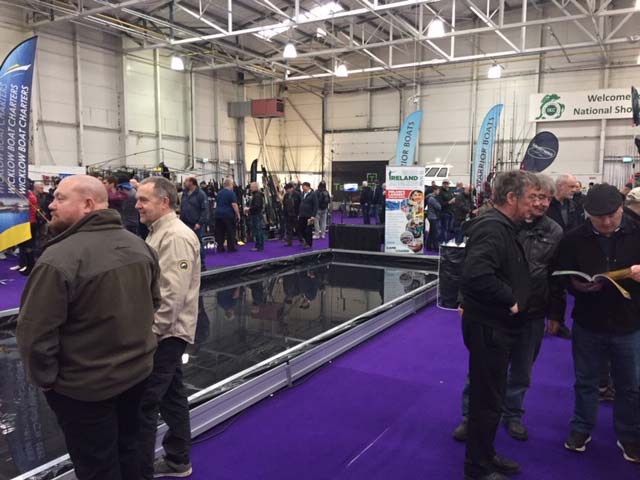
Angling Kayaks Go on Display by O’Sullivan’s Marine at Ireland Angling Expo
O’Sullivan’s Marine will be displaying some of the “best value” angling kayaks in Ireland at this year’s Ireland Angling Expo in the National Show Centre, Swords, Dublin on 15th & 16th February 2020.
ANGLING & RECREATIONAL KAYAKS TO SUIT ALL LEVELS AND BUDGETS
RECREATIONAL: on display
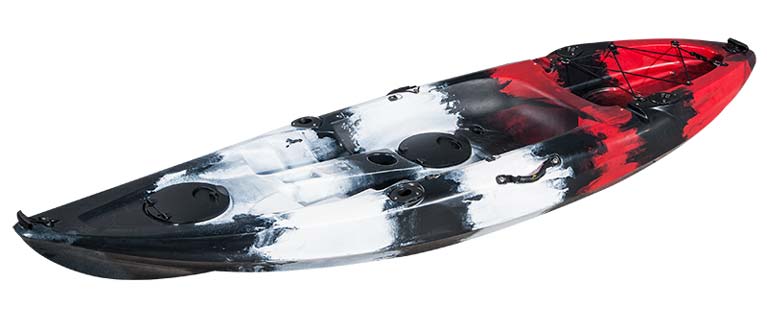 The Conger kayak
The Conger kayak
CONGER
The Conger is a compact single sit-on-top fishing kayak that is stable, light and easy to handle. Four internal fishing rod holders, a large storage area at the rear and 2 waterproof round hatches with bag inserts to secure your gear. The Conger kayak is a well-featured starter kayak at a very reasonable price.
 The Rodster kayak
The Rodster kayak
RODSTER
The Rodster is a neat compact fishing kayak that tracks beautifully through the water due to its sleek bow design and is extremely stable due to the 84cm wide hull. Equipped with a comfortable aluminium-frame raised seat and plenty of storage areas for your catch and equipment. 4 internal flush-mounted rod holders and deep fishing pod console in the centre. Hands-free rudder system available as an optional extra.
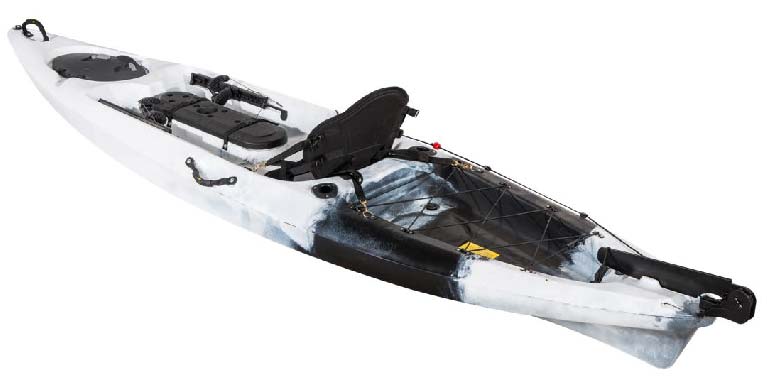 The Dace Pro
The Dace Pro
PROFESSIONAL ANGLING KAYAKS:
Professional angling kayaks on display include The Dace Pro 10’, 12’ and 14’ as well as the Big Dace Pro 13’. Packed to the gills with fishing features, and everything needed for a comfortable and productive outing for professional fishermen and women.
These kayaks are extremely well-featured and offer the perfect combination of stability, speed, manoeuvrability and straight-line tracking.
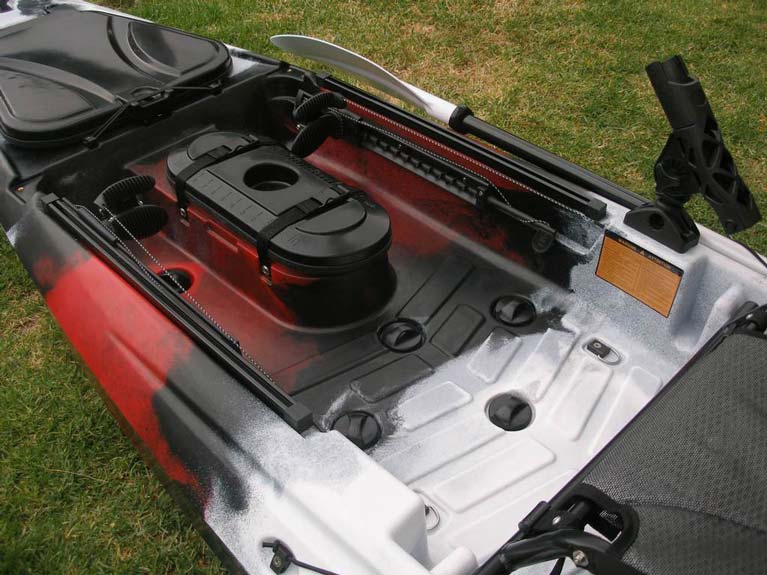 Big Dace Pro Angler 13
Big Dace Pro Angler 13
TANDEM AND 1 + 1 KAYAKS
For those who want to share the fun, O’Sullivan’s Marine also offer the GLIDE 1 + 1, which has room to bring a small passenger in front of the paddler, along with the OCEANUS (2.5 p) and the CASTOR DOUBLE KAYAK - boasting a huge load carrying capacity of 300kg and extra-wide seating area, perfect for a fishing trip for two!
TARPON PROPEL
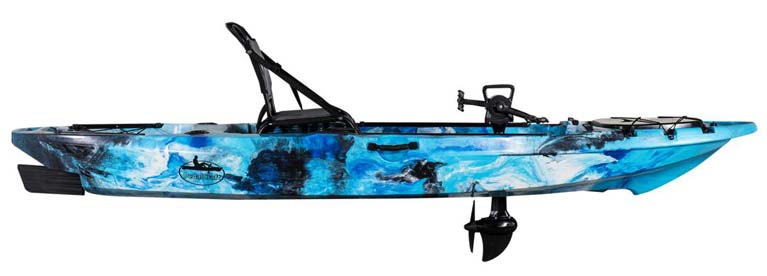 Tarpon 7
Tarpon 7
The Tarpon Propel is equipped with a performance-engineered pedal drive system for hands-free fishing, accessory gear tracks, adjustable seat, hand-controlled rudder and 2 flush mount rod holders. Coming in at 10.5’ long and 33 inches wide this fishing machine is ready for anything!
Come and see these and more at O’Sullivan’s Marine Ireland Fishing Expo stand!
O’Sullivan’s Marine Now Distributors for Cobra Marine Radios in Ireland
With all the uncertainty around Brexit, O’Sullivan’s Marine have been pro-active in securing a level of consistency and reliability of supply of various ranges of marine products that are traditionally shipped into Ireland from the UK.
The first line to be announced for sole distribution in Ireland by O’Sullivan’s Marine is Cobra Marine Radios. When it comes to the latest VHF radios, nothing comes close to a Cobra.

When heading out on the water, a fixed-mount VHF radio is vital for communication and safety. With advanced safety features, easy menu navigation, and 24 hr access to emergency alerts and broadcasts, Cobra’s got you covered. With advanced features like Rewind-Say-Again® so you’ll never miss a VHF call, Radio check – checks battery transmitting voltage, RF power output and antenna integrity. Submersible for 30 minutes in 1.5m deep water which meets IPX8/JIS8 standards. With noise-cancelling microphone to block background noise for clearer communication and PA function for public address to an external speaker.
The MRF57B (pictured top) is a powerful Class D DSC VHF radio perfect for short or long-range communication, Plug and play GPS capable. The MRF77B is Cobra’s most advanced fixed radio, a unique VHF radio with an integrated GPS receiver and exact location for a true life-saving device.
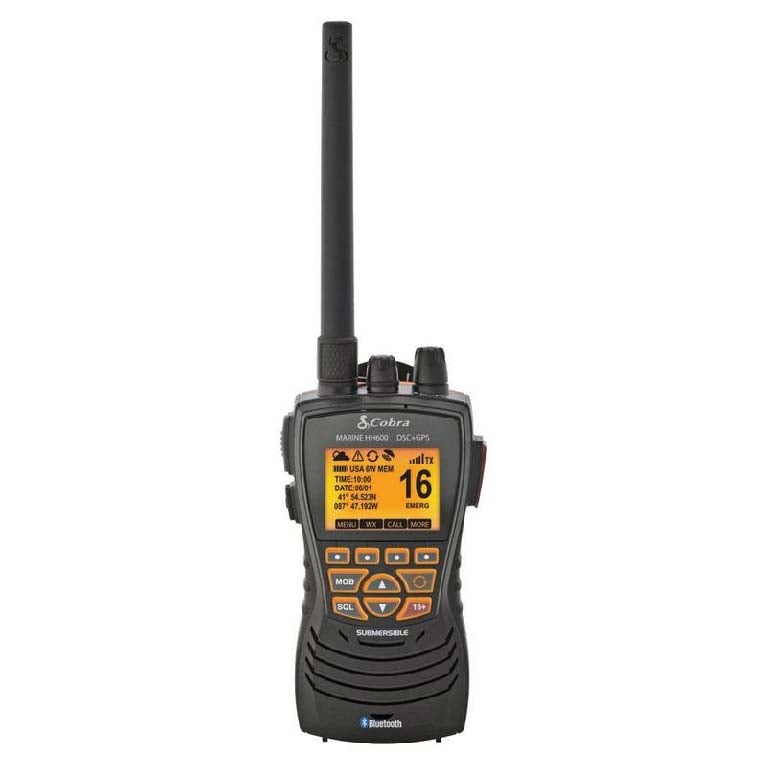 The advanced HH600 model with built-in GPS
The advanced HH600 model with built-in GPS
Cobra also offers a range of FIVE Hand Held VHF radios, from the entry-level HH125, perfect for recreational boaters or as a portable backup on larger vessels. The backlit LCD and keypad allows use in low light conditions and will turn off automatically to conserve battery power. Includes 1 or 3 watts, Large, bright LCD display, Compact waterproof design, 5 x 850 mAh AAA NiMH Rechargeable Batteries. It can also be used with 5 standard AAA alkaline batteries in emergencies. Features 1 or 3 Watts Dual output power for short and long communication. From this basic radio, Cobra offers HH150, HH350, HH500 each floating handheld with their own unique features, through to the advanced HH600 model with built-in GPS. View exact coordinates, transmit your location, and use its Bluetooth® capabilities to keep your phone safe and dry. The added flashlight with emergency strobe ensures you can always be found. Rewind-Say-Again®Automatically records the last 20 seconds of VHF calls so you can always playback what you missed. Selectable Power - Select between 1, 3 and 6 watts of output power for short and long-range communication, with Crystal clear, illuminated display which makes it easy to read your radio.
O’Sullivan’s Marine are proud to be able to offer Cobra products to the Irish market, for more detailed information on pricing and model features, visit www.osmarine.ie, or contact 066-7124524 – Trade enquiries: please email [email protected].
Ocean Fenders: 20% Off for the Month of October at O’Sullivan’s Marine
O’Sullivan’s Marine is proud to represent Ocean Fenders in Ireland, and for the month of October, are offering 20% off all Ocean fenders… while stocks last.
Ocean Fenders – the leading brand in the fendering industry, offer superior quality, lifetime performance and maximum protection. Their exclusive designs undergo extensive quality testing ensuring consistent quality – at highly competitive prices. Ocean Buoys and Fenders are made in one piece, resulting in consistent wall thickness throughout.
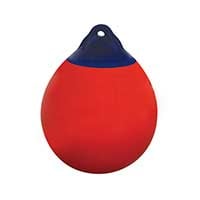 R series
R series
R Series Heavy Duty Buoys – Versatile buoys for the most adverse conditions.
Rock-solid rope-hold with reinforced material
Simple valve for convenient inflation
Seamless construction
UV resistant
More ribs than any other buoy on the market
Widely popular among commercial fishermen, but also among recreational boats too.
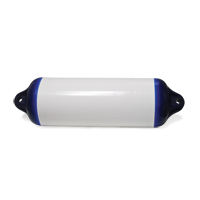 H Series
H Series
H Series Heavy Duty Fenders in which the rib-reinforced rock-solid rope-holds on the two sides of the fender are made in such a way to provide extra strength and durability for the fender. A versatile fender for the most adverse conditions. Suitable for any use and any kind of boat from 10-60ft, the Ocean Heavy Duty fender “fends” proudly.
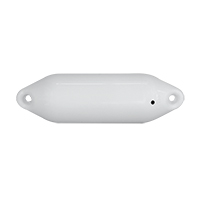 U Series
U Series
U Series Fenders, the utility fender for every use and everyone! As with all of the Ocean fenders, it is made out of Plastisol PVC material, with rotation moulding procedure making it the highest quality utility fender in the market. The simple valve offers convenient inflation and maximum protection at the same time.
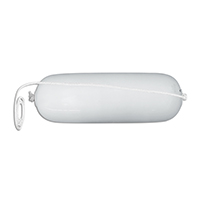 CH series with rope
CH series with rope
CH Series Centre Hole Fenders, distinct for their multiple use since they are designed for both horizontal and vertical application to any small to medium boat. Accompanied with white rope to make your life easier!
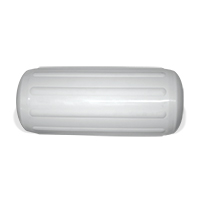 RT series
RT series
RT Series Rope Through Fenders, multiple use for both horizontal and vertical application for any boat, with reinforced vertical ribs, giving extra protection. Made in one piece for consistent wall thickness. For boats 15 to 50 feet.
For more information: www.osmarine.ie
O’Sullivan’s Marine Add Yamaha To Their Top Class Engine Brand Range
For many years O’Sullivan’s Marine have been the ‘go to’ outlet for quality outboard engine brands such as Tohatsu, Suzuki and Honda — and now Yahama outboards have been added to their available stock range, writes Brian O’Sullivan.
Whether you are looking to purchase an individual engine, or as part of a tailored boat package, O’Sullivan’s Marine are now able to offer all top-quality engine brands — ex stock.
Yamaha’s highly popular engines are well known for their reliability, quiet running and excellent fuel economy, and range from lightweight portable 2.5HP right through to the powerful 350HP V8.
O’Sullivan’s Marine are renowned for their expertise in both the supply and servicing of outboard engine, and have the largest choice of outboard engines on permanent display in their Tralee showrooms.
With full-time mechanics and the latest equipment and software, O’Sullivan’s Marine can service everything they supply. Contact them for a quotation — for a new engine to whatever repairs may be required, they are happy to oblige.
Big Kayak Selection Arrives at O’Sullivan’s Marine
After launching a comprehensive new range of Cool Kayaks earlier in the season, the demand was so high that stocks soon ran out… not surprising considering their high quality and exceptionally good prices writes Brian O'Sullivan of O'Sullivan's Marine.
The good news is that a new consignment arrived into O’Sullivan’s Marine on 6th August, and the even better news is that they have increased their range, and can now offer an even bigger selection of “best value” kayaks in Ireland!
Sit On Top Kayaks
Sit on top kayaks are getting increasingly more popular, and at O’Sullivan’s Marine they have models to suit all budgets and abilities.
Recreational Fun for all the family
From the low profile sleek Flash Kayak for small adults and children up to the 9’6” Conger single kayaks and several models in between, O’Sullivan’s Marine can offer a range to suit all individual kayakers.
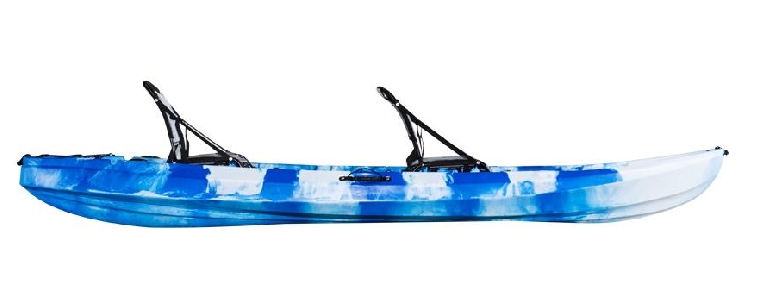 Oceanus 5
Oceanus 5
For those who want to share the fun, they also offer the Glide 1 + 1, this stable versatile platform has room to bring a small passenger in front of the paddler or the Oceanus 2.5 seater, a well-priced tandem kayak.
Angling Kayaks
Using kayaks for angling is a rapidly growing pastime that has many advantages for fishermen and women. It allows the exploration of areas that would otherwise be difficult to access, giving more fishing time and potentially bigger catches!
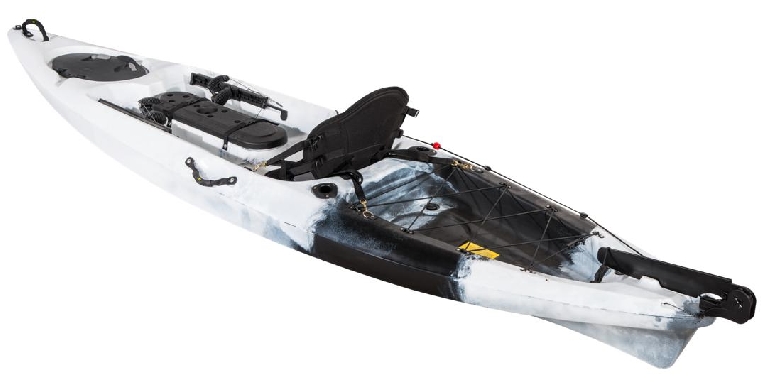 The Dace Pro 8
The Dace Pro 8
O’Sullivan’s Marine has a comprehensive choice of models for the angler, fully equipped with everything needed for a comfortable and productive outing. Ranging from the 9’6” Rodster up to the Dace Pro Angler 14’ single kayak, and the Caster double seater, these kayaks are well-featured and offer the perfect combination of stability, speed, manoeuvrability and straight-line tracking.
Tarpon Propel Kayak
Packed to the gills with fishing features, the Tarpon Propel 10 pedal kayak is equipped with a performance-engineered pedal drive system for hands-free fishing, accessory gear tracks, adjustable seat, hand-controlled rudder and 2 flush mount rod holders. Coming in at 10.5’ long and 33 inches wide this fishing machine is ready for anything!
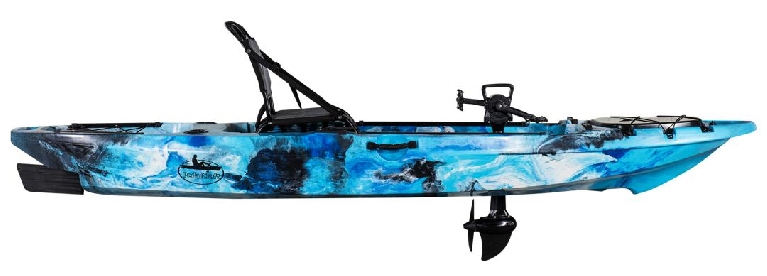 Tarpon
Tarpon
Touring Sit in Kayak
The Swift touring kayak has a unique design that cuts through the water easily, giving it extraordinary acceleration. Equipped with a large seat well and two storage hatches.
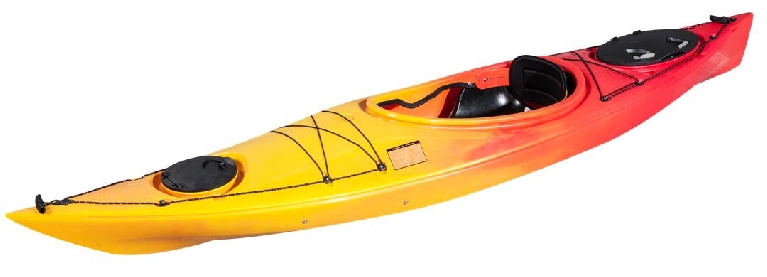 Swift 3
Swift 3
SUP Boards
Available in 10’ and 12’, the cool SUP boards are high quality, competitively priced and equipped with storage hatches, foot cushions, bungees, drain plugs and carrying handles.
All Cool kayaks are well equipped as standard, but also offer a full range of additional accessories, from roof racks to luxury seats, all available from next week at O’Sullivan’s Marine.
For more information contact 066 7124524 or visit www.osmarine.ie





























